Scientists currently know about 14 thousand different species of arachnids. Some of them are incredibly amazing and unusual. For example, we previously told you that in Thailand there are spiders that look as if they “glow with electricity.” Vampire spiders live in Africa and feed on blood. This time we will talk about an equally amazing creature – the bell spider, or silver spider (Argyroneta aquatica). Like all his other brethren, he breathes air, but spends most of his life under water, which makes him absolutely unique. Moreover, it even weaves a web between algae.
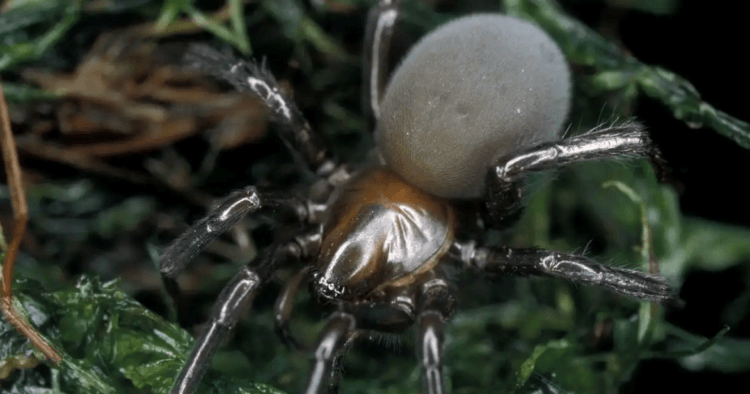
Argyroneta aquatica — the world's only underwater spider
Contents
- 1 How the bell spider lives under water
- 2 How looks like a silver spider
- 3 Bell spiders eat females
- 4 Is the bite of a bell spider dangerous
How the bell spider lives underwater
Argyroneta aquatica is the only spider that lives underwater. It was called “Bell” for the reason that it creates for itself a kind of diving bell from a web in order to breathe under water. When the “bell” is ready, the spider transfers air into it from the surface on its hairy body.
The hairs of this spider are covered with a special fatty substance, due to which they have water-repellent properties. Air from the surface is retained between the hairs, which allows it to transport air bubbles. When the spider reaches the nest, it separates the bubble from its abdomen with its hind legs and guides it into its structure. As a result, an air bubble forms inside the “bell”. Thanks to this, he only occasionally rises to the surface to renew his air supply.
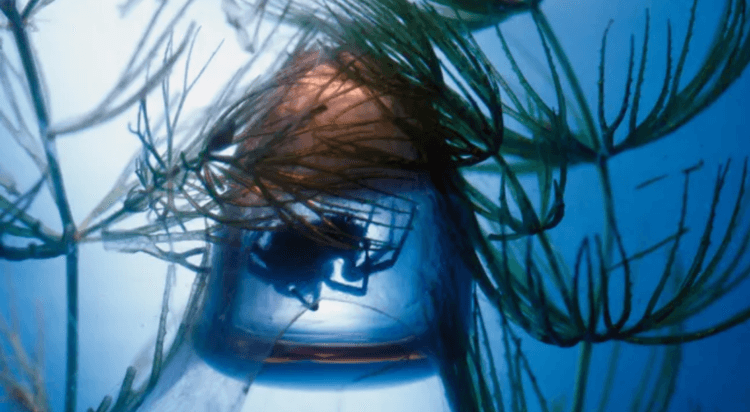
The spider creates something like a diving bell from its web
On average, the size of the “bell” is the size of a hazelnut. It must be said that females build a larger nest, as they raise offspring in it. An enlarged nest allows females to rise to the surface less often. Males sometimes leave the nest for the winter and climb into empty snail shells. At the same time, they tightly plug the entrance with a web.
What a silver spider looks like
The spider is often found in standing or slow-moving bodies of water in Europe, as well as Central and Northern Asia. Therefore, it can also be found in Russian reservoirs. In addition, in Japan there is a separate subspecies Argyroneta aquatica.
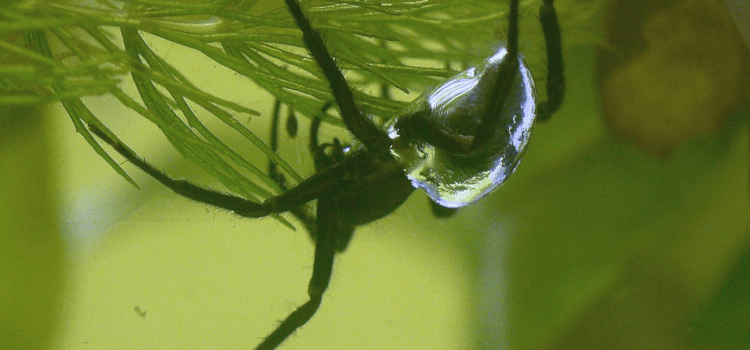
Underwater, the spider appears silver due to the air bubble
It must be said that the bell has a rather large body — the male grows up to 15 millimeters in length. The female is slightly smaller — up to 12 millimeters. A study published in 2003 in the journal Evolutionary Ecology Research found that males have longer front legs. This means that they move better underwater.
The spider's cephalothorax is brownish in color, turning black, often with black lines and spots. On the abdomen, as mentioned above, there are many velvety hairs. There are two rows of dots on the dorsal side. However, under water the spider appears silvery, hence its second name – «silverfish».
Bell spiders eat females
Cannibalism is known to be common among spiders. The most famous spider that eats its own kind is the black widow, the most poisonous spider in Russia. However, in most cases, the females eat the males. The bell spider has the opposite — Large males sometimes eat females after mating. However, as a 2005 study showed, females more often choose large males as partners, despite the risk of being eaten.
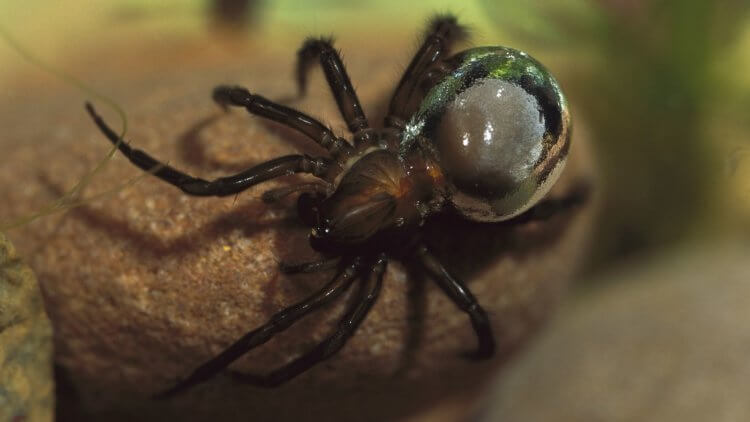
Large males sometimes eat females after mating
Regarding small males, then they were the most unlucky — They are killed by both large males and large females. But this is not the only unusual feature of Argyroneta aquatica. No less surprising is that the male and female live in the bells next to each other.
The female lays eggs in a cocoon of cobwebs near the nest. Sometimes eggs are laid directly in the “bell”. At the same time, regardless of where the eggs are laid, the female carefully guards them.
Is the bite of a bell spider dangerous
Argyroneta aquatica contains poison, like other spiders, and, in terms of toxicity, it is in third place after karakurt and tarantula. The spider feeds on various small living creatures that become entangled in the threads of the underwater web or which it catches itself while swimming in the water. The spider sometimes hangs excess prey in its nest, thus making reserves for the future.
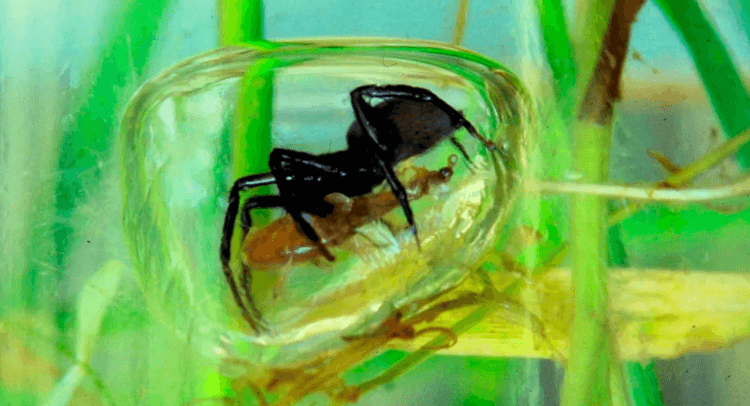
The bluebell spider can bite a person
The bluebell spider can bite and humans, although this happens very rarely. In this case, the person experiences severe burning pain. The bite site turns red and swells. In young children and adults with allergies, the condition may become worse. In this case, nausea, dizziness, weakness, and fever occur. However, after a few days the symptoms disappear. But, in any case, it is better to avoid close contact with this spider.
Follow the link to our ZEN CHANNEL. We have prepared for you a lot of interesting, exciting materials dedicated to science.
Finally, we suggest that you familiarize yourself with the above-mentioned spider from Thailand, which “shines with electricity.” True, in fact it does not glow, but only has an unusual color. Nevertheless, the spider is interesting, and this species was discovered quite recently.